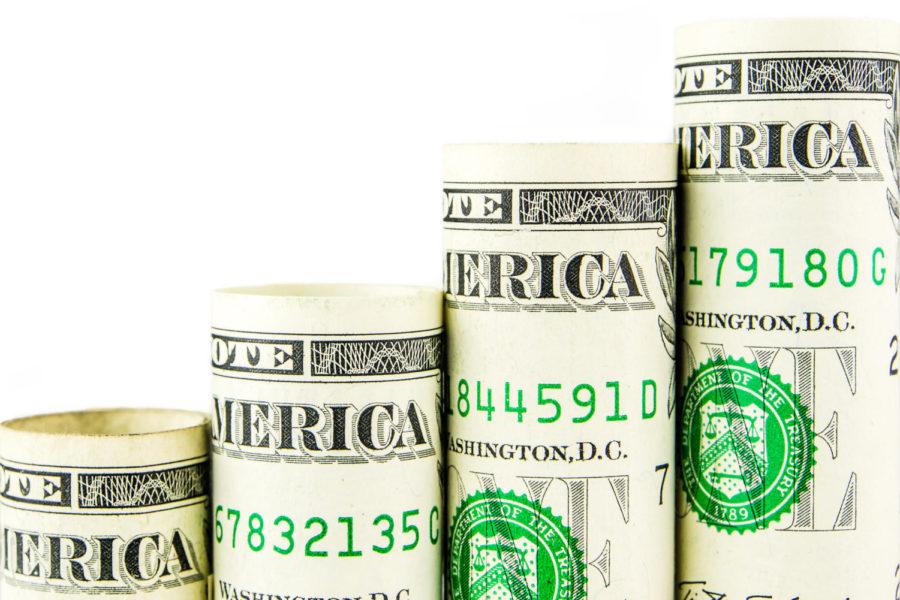Wright: World enters the next economic era
January 19, 2017
For the past seven years, economic growth has been been startlingly low. This has held true globally and has resulted in widespread concerns of what a deflated economy might mean.
But the last few months may signify real change on the horizon.
Economists generally agree that having a lower inflation rate, preferably about 2 percent, is ideal. This has served as a largely theoretical goal, as inflation rates usually only dip below 4 percent during recessions, or briefly in recovery.
The defining economic goal for the last several decades has, unfailingly, been to stabilize the economy and slow growth without taking away jobs. For most of the past decade, however, the defining goal has been to spur growth as quickly and radically as possible at the cost of economic stability.
In the late 20th century, when economic stability was an unobtainable goal, much was theorized as to how we could reach that goal. Now, the economy looks very much like that image. Unemployment rates are low, markets show little sign of instability and inflation is slow and steady. At the same time, however, consumer confidence has been low and politicians have expressed much frustration at the economy’s stagnant nature.
We’ve been responding to this problem with little success. For years, interest rates in government loans have been incredibly low. The hope has been that markets will respond as usual by investing more and indirectly lowering prices for consumers.
As a result, markets have been unresponsive for years now. Such a slow-growing economy is not unprecedented, but one that has stayed in a middle ground between recession and recovery for so long has never before been seen.
It seems as though the world may be returning to inflation and growth, which had seemed more like an unlikely theory. During the past four months, it’s risen a full percent.
This was largely predicted by economists, but in an economy that’s known for dashing hopes, it’s somewhat noteworthy.
This also comes after a year of slightly faster than normal growth, putting the United States just over the 2 percent sweet spot. So the question is what will the economy look like in a post-stagnation world?
There is a chance that this recent growth could backtrack. That is unlikely, however, as no recent growth has cropped up unexpectedly or has been based entirely upon an unpredictable economic variable. It seems as though a growing economy is here to stay.
One definite change will be rising interest rates. This usually happens in response to instability as an attempt to slow growth that could soon collapse. Now, however, the primary reason will be to return to an acceptable level of interest.
Interest rates are as low as they’ve ever been. In Germany and Japan, loans are at the point where firms are being paid to borrow ones that have negative interest.
Although effects can be seen globally, in some places, the change isn’t enough. The United states, which was affected slightly less than Germany and Japan, also experienced more of an inflation boost than either country. Brazil and Russia also seem to be pulling ahead.
Although none of these effects can be labeled long term enough to dictate the world we’re entering, it’s important to note that the major players in the world’s next growth spurt won’t necessarily be those of the past.
















